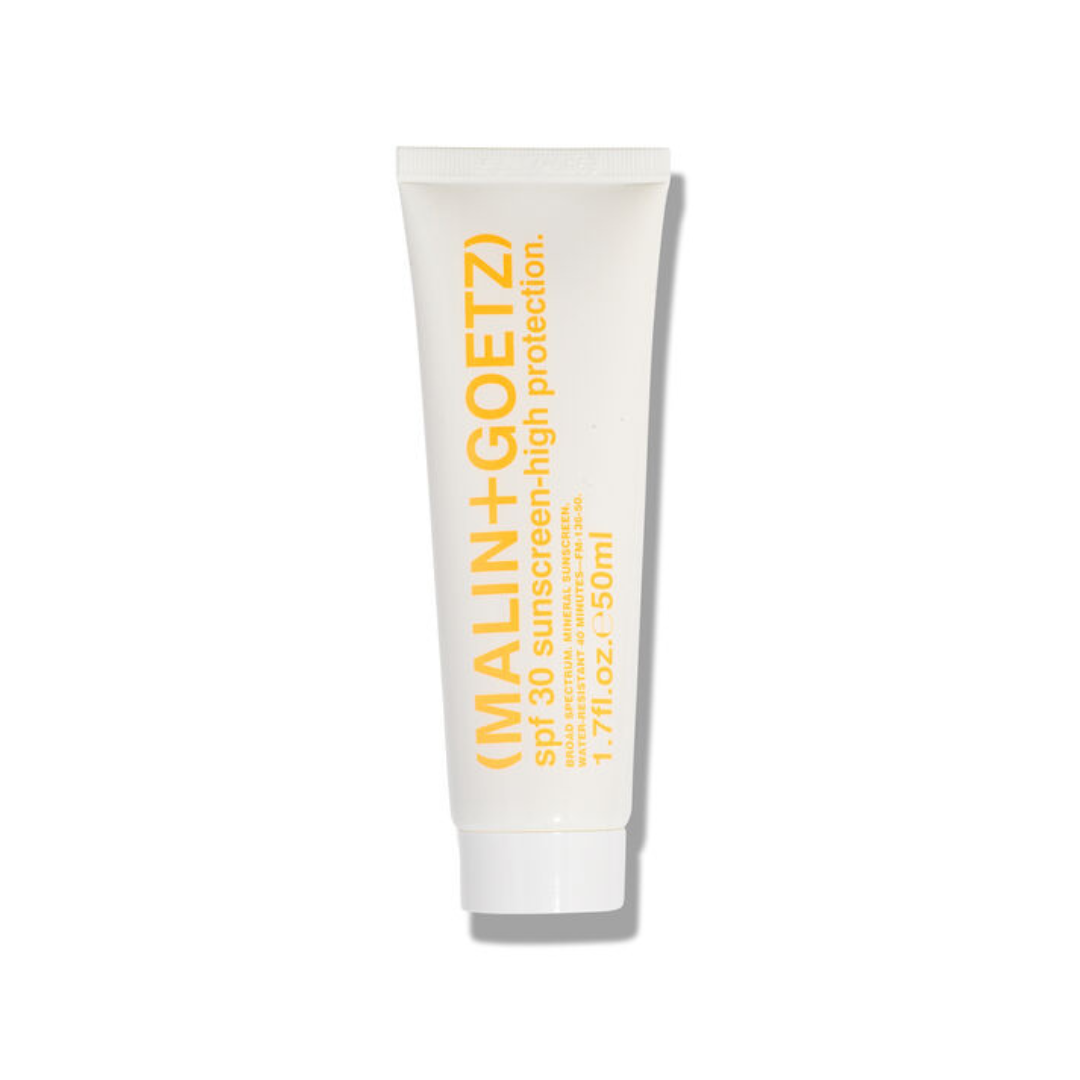Year-on-year searches for ‘reef-safe SPF’ have risen by 86%—but which actually are ocean-friendly?
The formulas you can trust
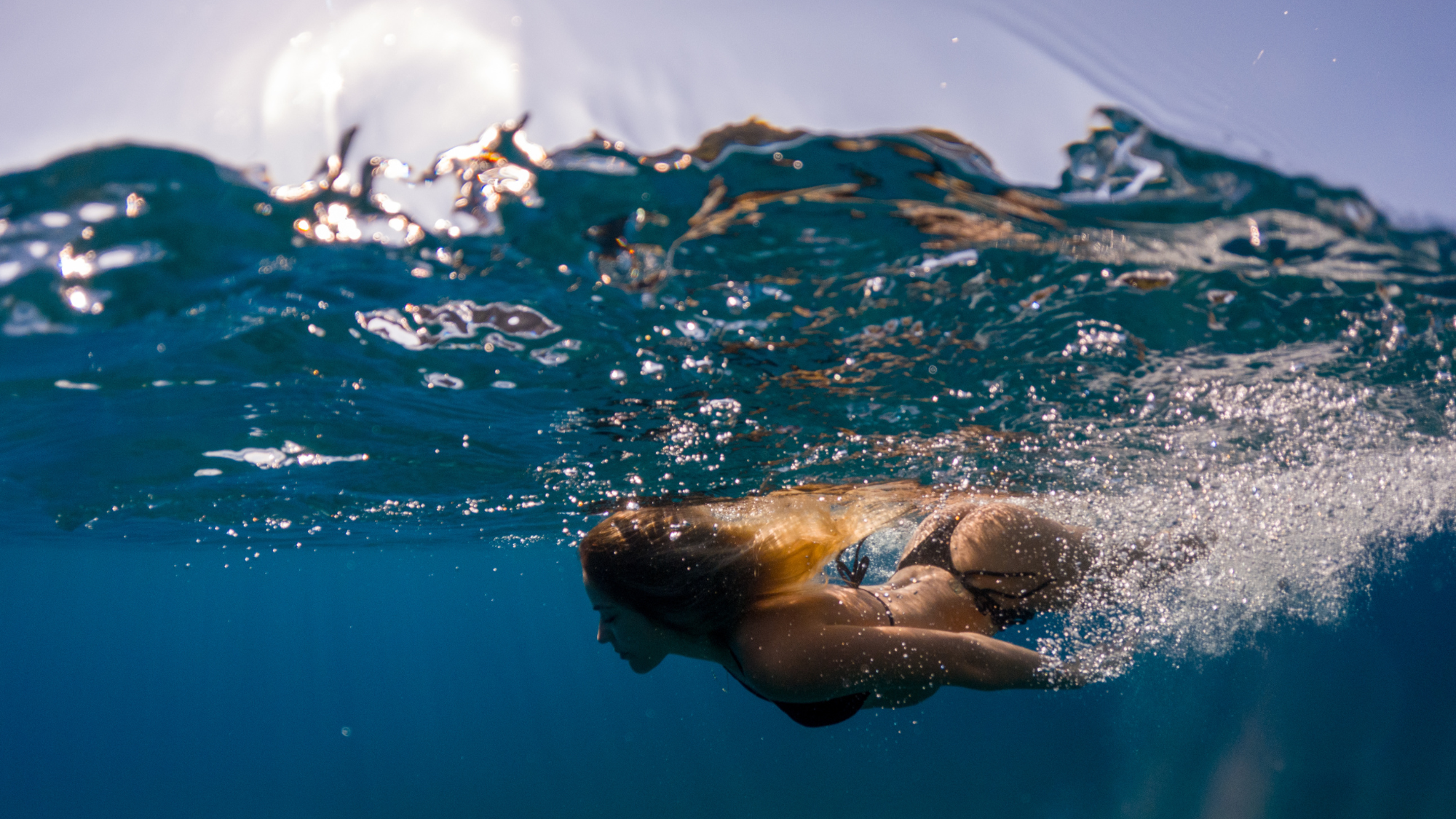

Recent data has revealed that year-on-year searches for ‘reef-safe SPF’ have risen by 86% since 2024, representing a clear shift to more socially and ethically sustainable shopping choices. However, with greenwashing rife and the term 'reef-safe' still largely unregulated, it can be difficult to tell which formulations really are safe for our oceans. Here's what you need to know.
What does 'reef-safe SPF' mean?
There is plenty of online literature about reef-safe sun protection, and you could spend hours researching it. While much of this is worthy information, I often find that it can feel overwhelming to remember and abide by when there's so much to know. With that said, there are a few key things to understand and implement in your routine, which should be prioritised. Unsurprisingly, these centre around certain chemicals to avoid.
"Reef-safe sunscreens are sun protection products that use ingredients considered safer for marine life," explains Charlotte Vøhtz, organic beauty expert and founder of Green People. "Truly reef-safe sunscreens will be free from Oxybenzone, Octocrylene, Octinoxate and PFAS."
These are the main ingredients to look out for (and are even banned in certain areas like Hawaii, since 2018), which can damage marine life. However, there are others you should also be aware of, according to resources like Save The Reef, who list the following as damaging (in addition to the above): Homosalate, 4-methylbenzylidene camphor, PABA, Parabens, Triclosan, any nanoparticles or “nano-sized” zinc or titanium (if it doesn’t explicitly say “micro-sized” or “non-nano” and it can rub in, it’s probably nano-sized), and any form of microplastic, such as “exfoliating beads”.
Reef-safe SPFs are pretty much always described as 'physical' or 'mineral' sun creams. Instead of using chemicals (which can be detrimental to oceans), these formulas use ingredients like zinc oxide to directly 'block' UV rays.
Why does it matter?
Ocean conservation is incredibly important, both for marine life and our very existence on Earth. Unfortunately, using incorrect sunscreens can (especially over time and in cumulative quantities) cause irreversible damage to reefs and aquatic creatures that live in the sea.
"No sunscreen is 100% water repellent, meaning tonnes of sunscreen enter the sea yearly," says Vøhtz. "20,000 tonnes of sunscreen are thought to be washed into the northern Mediterranean alone every year!"
Celebrity news, beauty, fashion advice, and fascinating features, delivered straight to your inbox!
She continues: "If the sunscreen contains chemicals known to bleach (kill) coral, such as Oxybenzone, it could contribute to the decline of the world's reef populations, which are already threatened by sea tourism, sea pollution, overfishing and rising water temperatures."
"Without coral, some species of marine life will lose their habitat and may struggle to survive. The world also loses an essential producer of oxygen, which is needed to help keep our sea temperature levels stable."
A post shared by Claire • Outdoor Adventures 𓇼 Devon & Cornwall, UK (@claire.by.the.coast)
A photo posted by on
How to avoid greenwashing
Unfortunately, the term 'reef-safe' is not regulated, meaning any brand could technically use it as a marketing ploy to increase their SPF sales. For this reason, we have to be really careful about which products we're buying into, in order not to fall prey to greenwashing.
"The first thing to do is get in the habit of checking labels for Oxybenzone," advises Vøhtz, who says this can also be listed as 'benzophenone-3'. I'd then recommend using the search box on your computer to look for the listed chemicals above under the 'what does reef safe mean' section (mentioned by Save The Reef) in each product's full ingredients list. It may sound like a monotonous process, but it helps to be extra diligent.
You can also check your chosen SPF is affiliated with a marine expert. Vøhtz mentions The Marine Conservation Society, which is labelled on the front of every Green People SPF. Then look at The Good Shopping Guides' ethical comparison charts to see if your product's brand is listed.
8 reef-safe SPFs for face and body
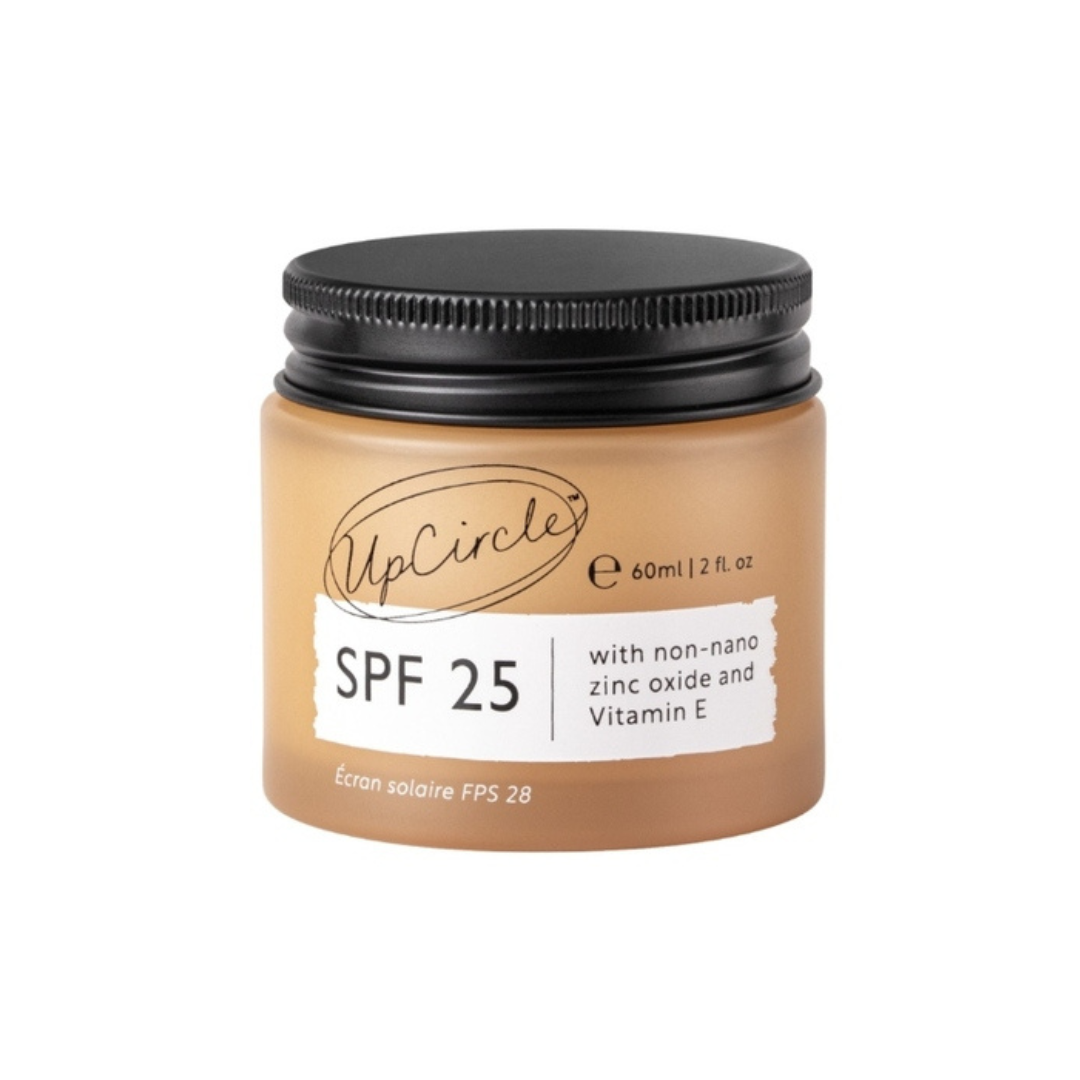
Combining non-nano zinc oxide with antioxidant-rich raspberry seed oil (which have been upcycled from the juicing industry), this physical SPF for the face is vegan and plastic-free, and won't pose harm to the ocean. Bear in mind it does have an SPF 25, meaning you'll need to reapply it more often.
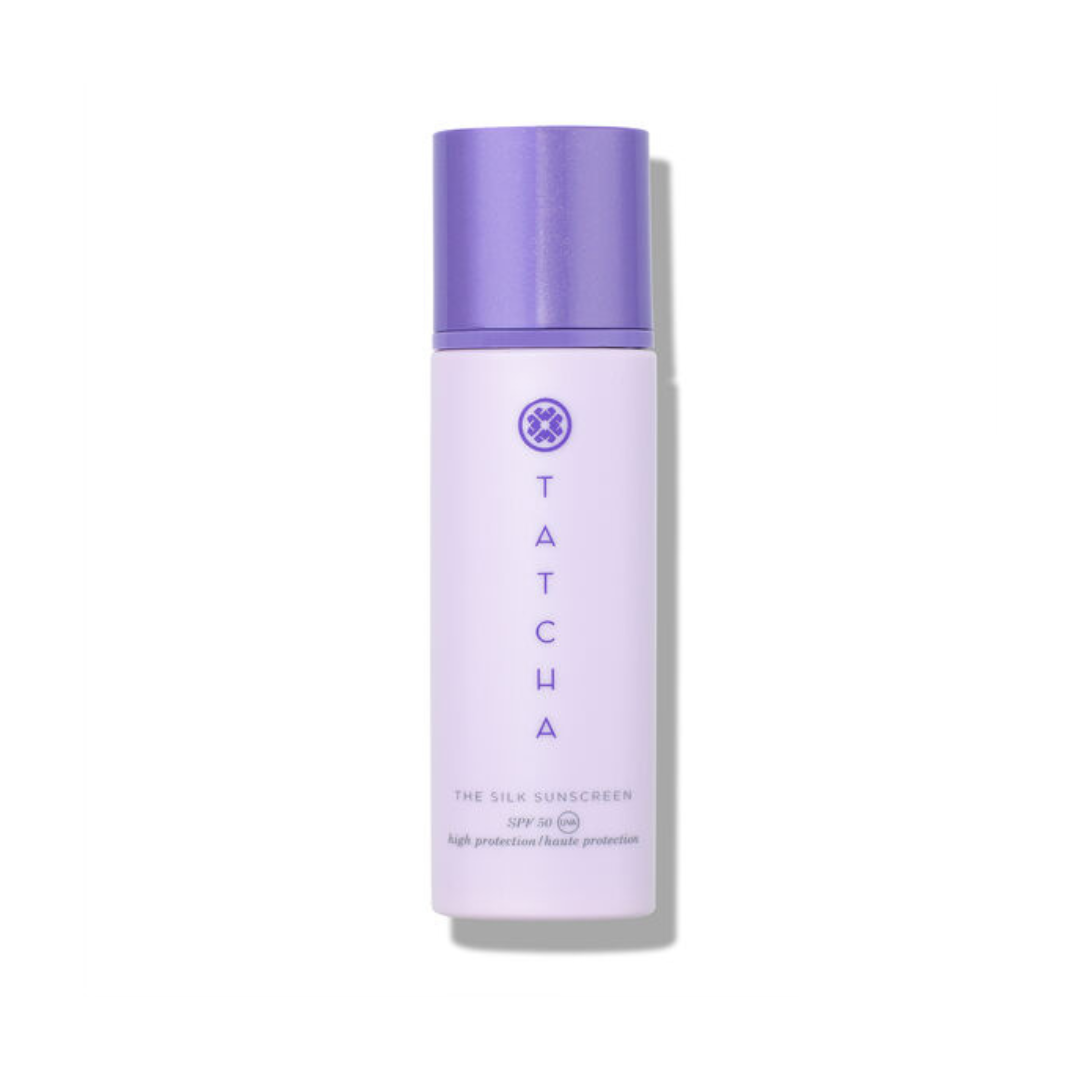
An investment, yes, but Tatcha's facial sunscreen really is worth the hype. It feels featherlight on skin with a satin-smooth texture that absorbs with ease. It has a high protection level of SPF 50, and is reef-safe, not containing any of the harmful chemicals listed by sites such as Safe The Reef.
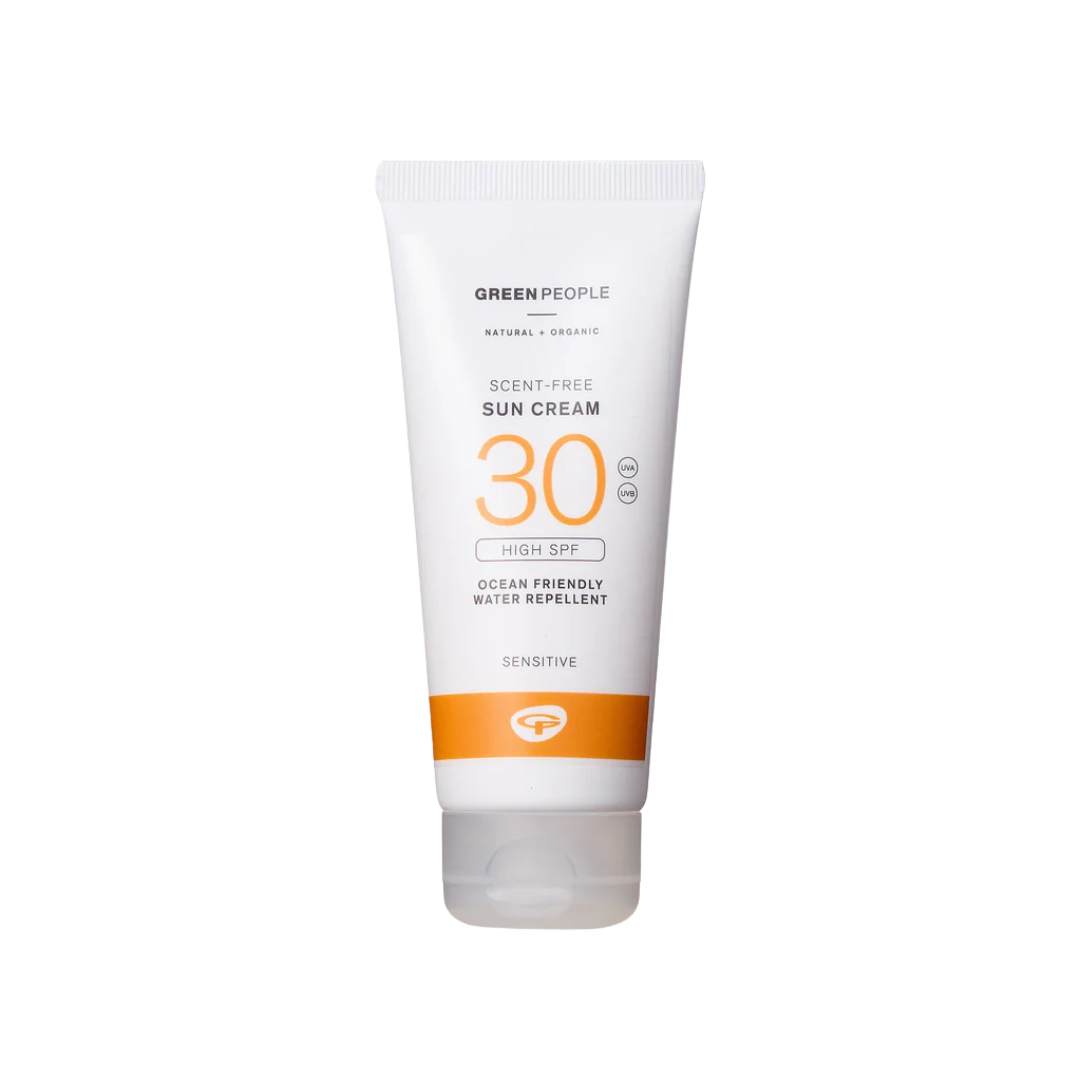
If there's one brand you can trust pretty much across the board, it's Green People. The brand's sunscreens prioritise marine life and reef safety, meaning you won't find any toxic chemicals in here. The brand's bestseller, its scent-free formula, is a no-brainer. Remember that with SPF 30s, you need to reapply more often than with SPF 50s.

Antipodes' sun cream prioritises sustainability in nearly every way. It's zinc oxide-based and safe for the ocean, and its ingredients list is impressively made from 100% natural origin ingredients (think ceramides and plant oils). The finish is a little dewy, meaning you'll achieve peak radiance, too.
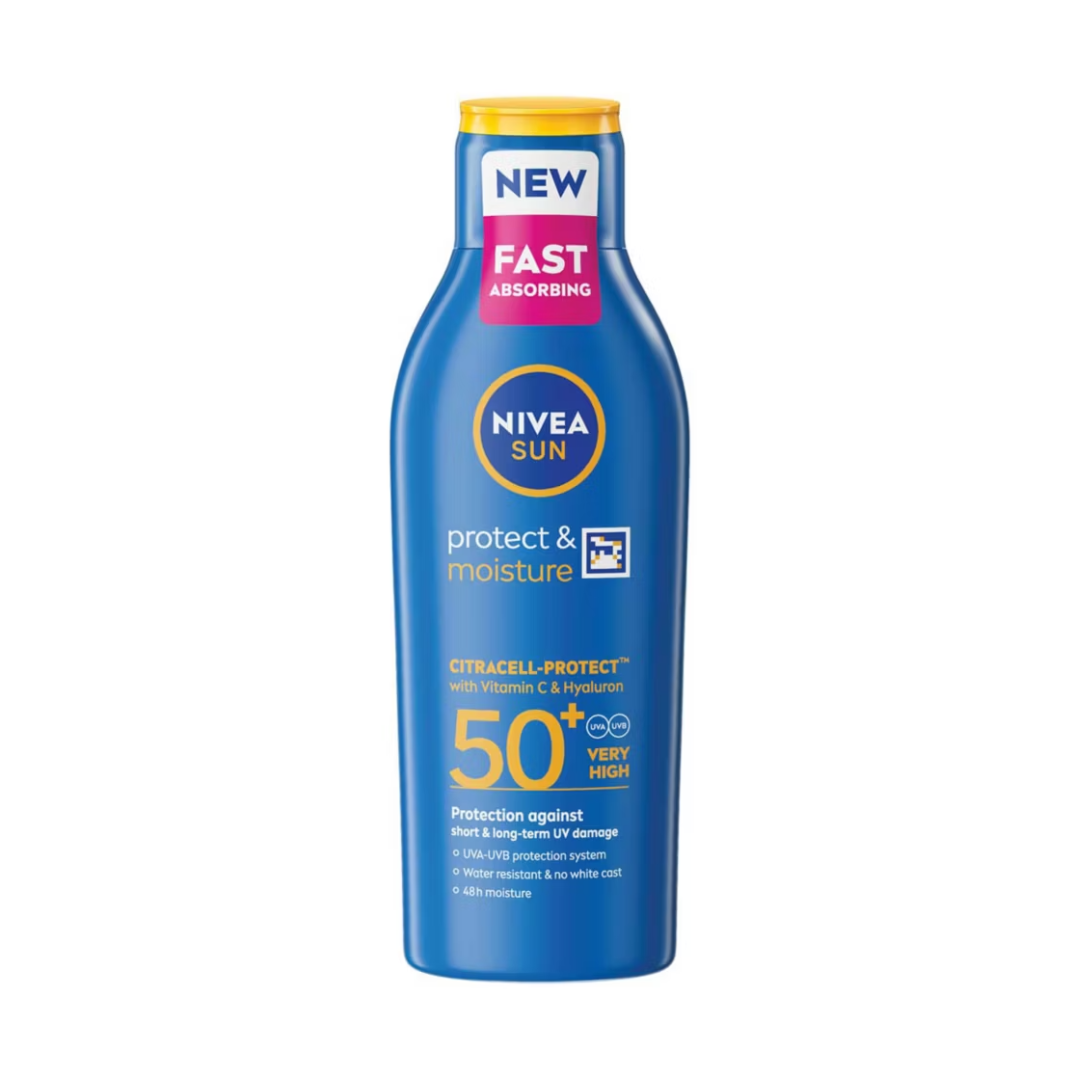
Several of Nivea's sunscreens are actually reef-safe, leaving out chemicals like Oxybenzone, Octinoxate and Octocrylene to prioritise marine life. This one offers a nourishing texture, high SPF 50 and of course, Nivea's iconic suncream scent. Plus at only £7, you really can't beat it.
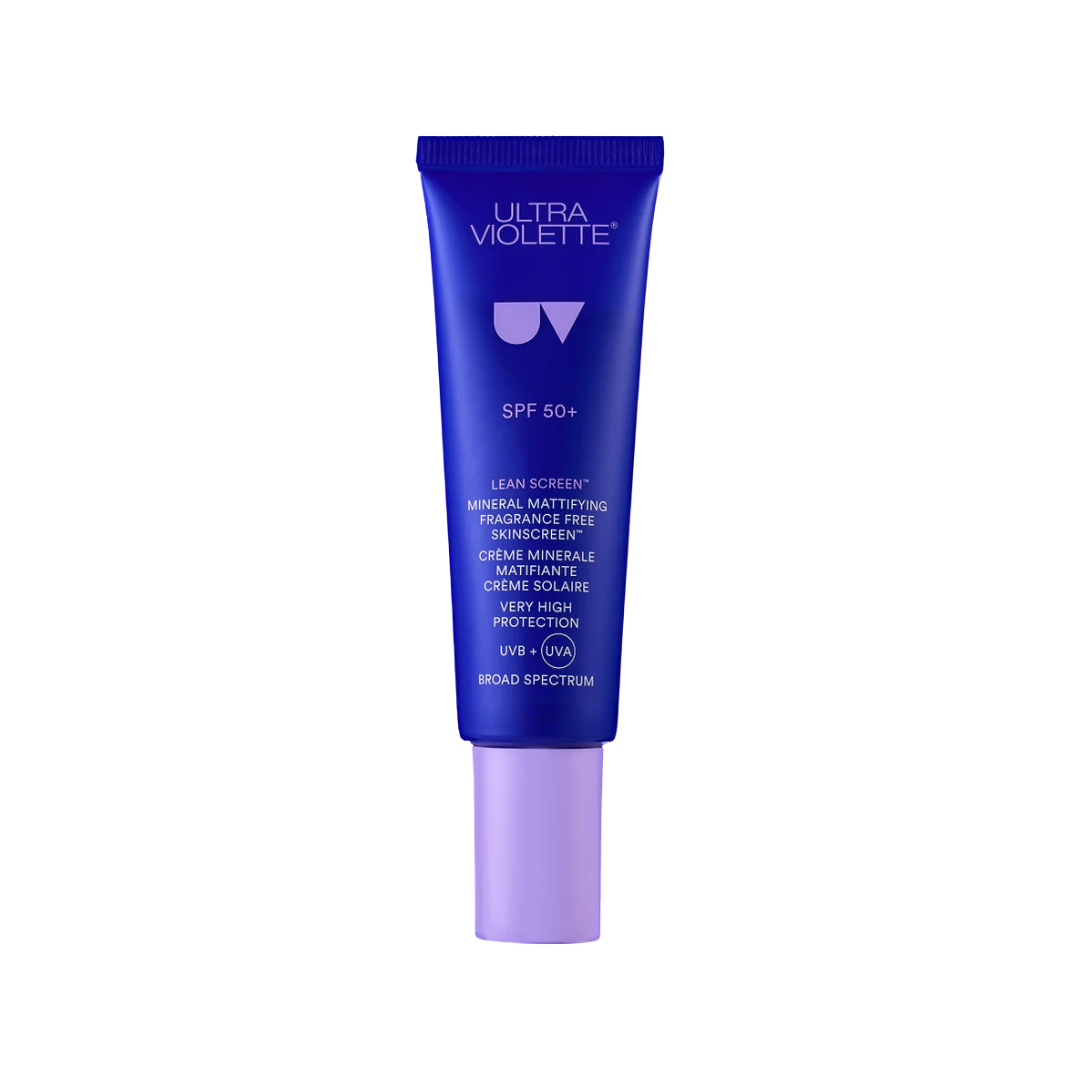
Ultra Violette is one of my favourite SPF brands, and while I wear the Hydrating formula day-to-day, I switch to this mineral formulation whenever I go into the sea. It uses physical UV blockers rather than chemical ones, meaning you don't have to worry about leaving behind any toxic ingredients.
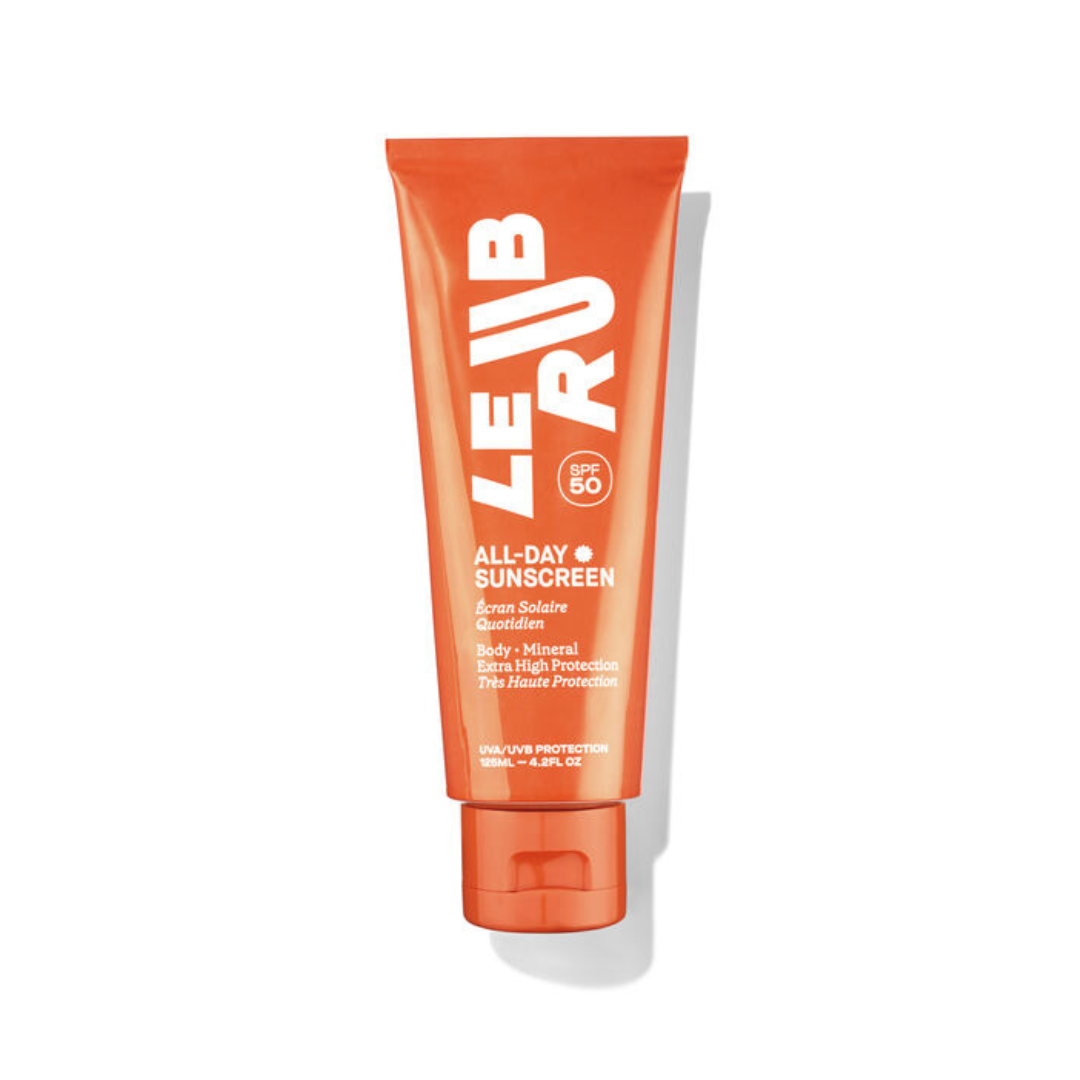
New to the UK, Le Rub is making mineral SPF cool, once and for all. This body formulation harnesses the power of non-nano zinc oxide, which is then combined with ingredients such as soothing Calendula and Glycerine to moisturise. The packaging is also so fun, you'll be proud to bring it out at the beach!
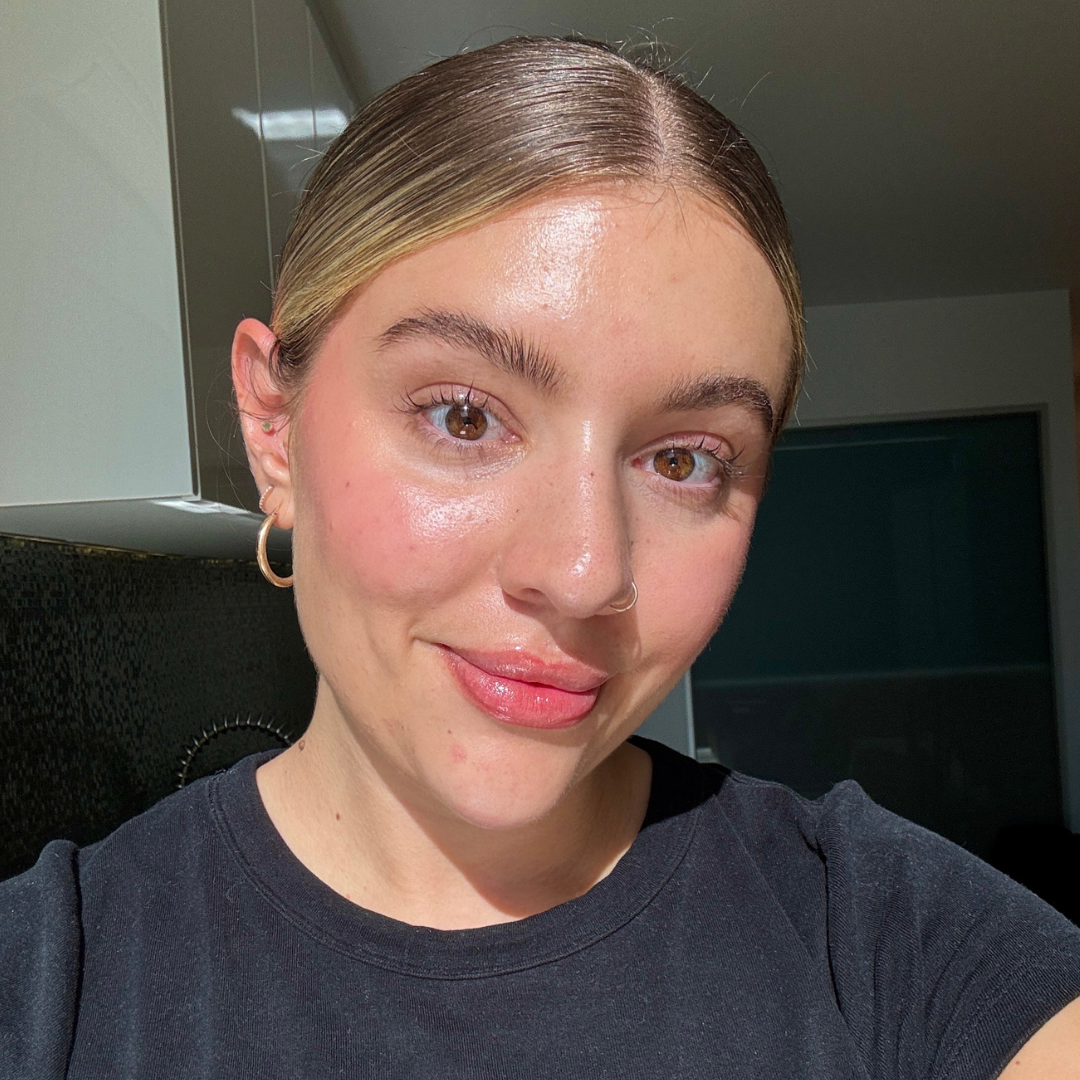
Rebecca is a freelance beauty journalist and contributor to Marie Claire. She has written for titles including Refinery29, The Independent, Grazia, Coveteur, Dazed, Stylist, and Glamour. She is also a brand consultant and has worked with the likes of The Inkey List on campaign messaging and branded copy. She’s obsessed with skincare, nail art and fragrance, and outside of beauty, Rebecca likes to travel, watch true crime docs, pet sausage dogs and drink coffee. Rebecca is also passionate about American politics and mental health awareness.
